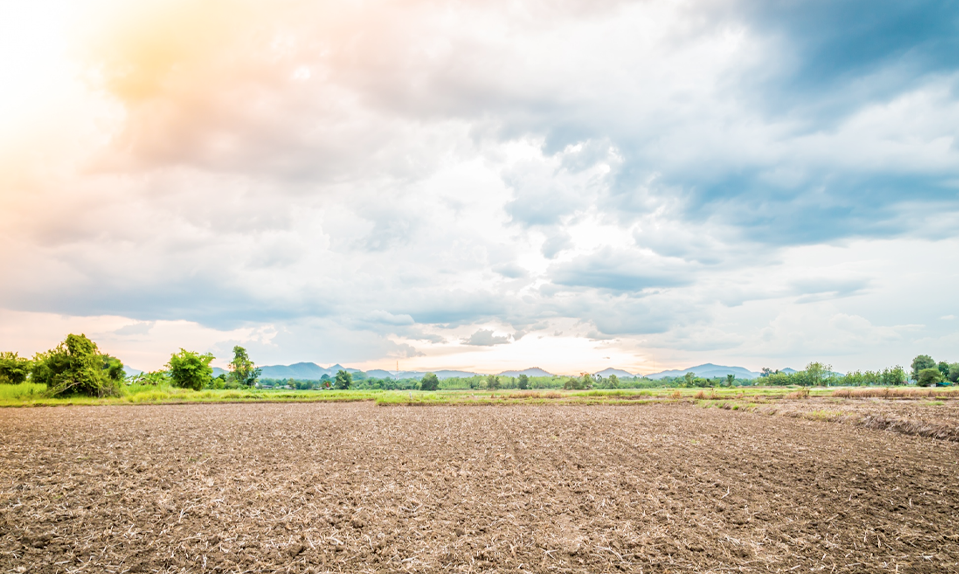
Not the Milk and Honey You’ve Been Thinking of…
The Bible refers to the land of ancient Canaan as a land of milk and honey. It is
indeed the case, but not quite the milk and honey you’ve been thinking of. A Western
reader holding the bible would interpret the verse literally, they’d believe the land is
rife with cow’s milk and pure bee’s honey. However, those who lived here in ancient
times, didn’t see many cows, nor find the famous honey this land is known for.
Of what little I’ve learned throughout my years travelling the country, learning, and
teaching its history, my conclusions about the land’s milk and honey, were slightly
different.
Canaanite Milk
In the past, most of Israel’s livestock were goats and sheep. Those animals can handle
the warm climate pretty well, and produce milk used by shepherds in the scolding
summer. Goat and sheep milk has always been an inseparable part of the ancients’
diet. To this day, Bedouin shepherds walk the outskirts of the deserts in Israel, with
large herds of livestock. Goats and sheep can survive long hours in heavy heat and
find their meager food among the rocks.


And what of cattle? Now, we’re talking about heavier animals… A mature bull can grow two-meter tall and three meters long. A mature female cow can easily reach more than 700 kilos. Doesn’t such a large and heavy body require a lot of water to survive? One cow requires at least 40 liters of water a day, and when a cow is milked, the cow’s water consumption can easily grow to an average of 130 liters as day! The cows suffer in the heart. Growing cattle in a small and warm country, should be done in higher and more northern regions. Cattle demand a lot of water, and cows struggle to produce milk when temperatures rise. It is not for nothing that cows are considered the most prestigious sacrifice at the temple. However, that doesn’t imply that cattle weren’t herded in the past in Israel. Of course they were. Let us not forget that bulls were working animals that had plowed many a field. That being said, there’s no doubt that until the 20th century – when the Zionist movement implemented new technologies that allowed access to more water and thus cooling cowsheds – growing cattle wasn’t a widespread practice. Even today, most of the steaks eaten in Israel have been imported.

Biblical Honey
Bee’s honey has been used as a source of sugar and energy since prehistoric times.
Our country has several of bee species. According to our current knowledge of
biblical times, massive rearing of cultivated honeybees wasn’t a common practice.
Out of the 54 times honey is mentioned in the bible, only twice explicitly refer to
bee’s honey: in the tale of Samson who had gathered honey from the lion’s carcass
(Judges 14:8), and in the tale of Jonathan and the honeysuckle (Samuel 1:14). In all
other instances, most interpretations assume that the word “honey” refers to a
concentrate of dates, grapes, or carobs. Producing date honey has been and still is an
important part of Israeli agriculture to this day.
Therefore, my friends, if you ever find yourself transported to biblical times, and see
the tent of our foremothers and forefathers, do not hesitate to ask for milk and honey.
But you must know that you’d probably be served a glass of fresh goatmilk,
sweetened with a touch of date honey.

MAY INTEREST YOU

PALESTINE – WHAT’S THE NAME’S ORIGIN?
It often happens in history that the name of a region changes through the course of time. For example, the “Land of Canaan” had gradually disappeared with the
READ MORE
HOW EASILY TERRORIST CAN BECOME FAMOUS
Terror means fear. In a world where both mainstream media and social networks can blow up any story in mere minutes, it’s fairly simple to terrify millions of people. In fact,
READ MORE
I FEAR MEARSHEIMER WAS RIGHT.
In 2005 I was a young student on an introduction to internal relations course. The first theory we studied was political realism. It was well formulated by John
READ MORE